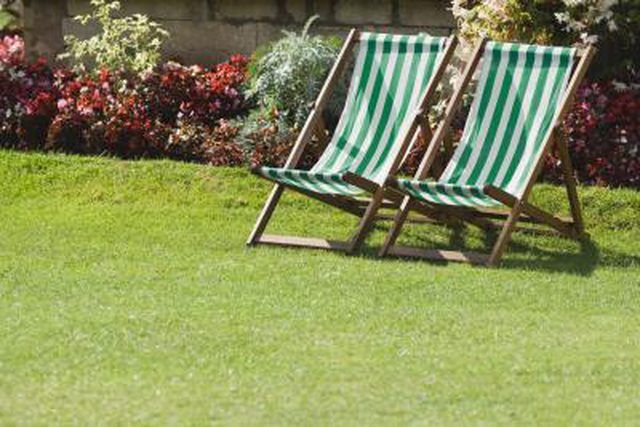Bulbs
Flower Basics
Flower Beds & Specialty Gardens
Flower Garden
Garden Furniture
Garden Gnomes
Garden Seeds
Garden Sheds
Garden Statues
Garden Tools & Supplies
Gardening Basics
Green & Organic
Groundcovers & Vines
Growing Annuals
Growing Basil
Growing Beans
Growing Berries
Growing Blueberries
Growing Cactus
Growing Corn
Growing Cotton
Growing Edibles
Growing Flowers
Growing Garlic
Growing Grapes
Growing Grass
Growing Herbs
Growing Jasmine
Growing Mint
Growing Mushrooms
Orchids
Growing Peanuts
Growing Perennials
Growing Plants
Growing Rosemary
Growing Roses
Growing Strawberries
Growing Sunflowers
Growing Thyme
Growing Tomatoes
Growing Tulips
Growing Vegetables
Herb Basics
Herb Garden
Indoor Growing
Landscaping Basics
Landscaping Patios
Landscaping Plants
Landscaping Shrubs
Landscaping Trees
Landscaping Walks & Pathways
Lawn Basics
Lawn Maintenance
Lawn Mowers
Lawn Ornaments
Lawn Planting
Lawn Tools
Outdoor Growing
Overall Landscape Planning
Pests, Weeds & Problems
Plant Basics
Rock Garden
Rose Garden
Shrubs
Soil
Specialty Gardens
Trees
Vegetable Garden
Yard Maintenance
How to Grade or Reslope the Backyard
How to Grade or Reslope the Backyard. If you have a backyard that is uneven or drains in the wrong direction, create a landscape slope that is more efficient at drainage and more appealing to the eye. All drainage should be away from the house’s foundation at a rate of at least 1 foot per 50 feet of distance from the house. This 2 percent...

If you have a backyard that is uneven or drains in the wrong direction, create a landscape slope that is more efficient at drainage and more appealing to the eye. All drainage should be away from the houseís foundation at a rate of at least 1 foot per 50 feet of distance from the house. This 2 percent grade allows for gentle runoff so you donít have to worry about soil erosion. In most cases, you grade the backyard in two steps: the rough grade and the final grade.
Things You'll Need
Stakes
String
Tape measure
Carpenterís level
Skid steer loader
Garden tiller
Fertilizer spreader
Rake
Grass seed
Water sprinkler
Sod
Utility knife
Call 811 or local utility companies to mark where all the buried lines are on your property before you do any digging. The location of the lines may affect how you grade the backyard. Depending on the scope of your project and your local governmental regulations, you may need permits before you start digging as well.
Identify areas where you cannot change the landscape slope. This includes patios, swimming pool decks, permanent flower beds and sidewalks.
Insert a stake into the ground near the house. Insert a second stake 50 feet away from the house. Tie a string at ground level onto the stake closest to the house. Tie the other end to the second stake. Pull the string taut. Hold a carpenterís level on the string to level it. If the distance between the string and the ground on the second stake is 1 foot, you have a 2 percent grade. If the distance is more or less, this indicates how much soil you need to move to grade the backyard.
Leave the original stakes in the ground. Repeat with additional stakes from other locations to give you an idea of the slope of the entire backyard.
Remove the topsoil from the backyard in the areas where you need to reslope the yard, using a skid-steer loader. Save the topsoil for later use.
Use your stakes as guides as you grade the landscape to the appropriate slope with the skid-steer loader. Add and remove subsoil, as necessary. Avoid mixing topsoil and subsoil together as you work. Remove the stakes and smooth the ground to complete the rough grade.
Till the subsoil with a garden tiller. Add fertilizer to the loosened subsoil with a fertilizer spreader.
Cover the subsoil with the topsoil you removed in Step 2. Try to keep the soil at an even depth as you work your way across the yard. Ideally, there should be at least 6 inches of topsoil covering the entire backyard.
Rake the topsoil to create a smooth final grade. Remove any rocks or other debris that might damage your lawnmower.
Sow grass seed on the surface, using the fertilizer spreader. Water the lawn to help germinate the grass seed. If you prefer, unroll sod and place it on the newly-sloped backyard. Use a utility knife to cut the sod pieces to fit. Water the sod once itís in place.